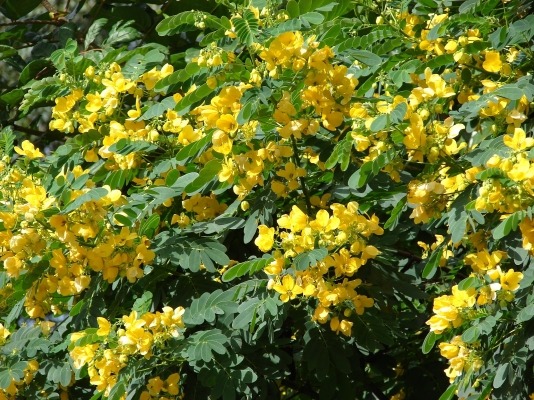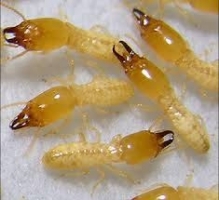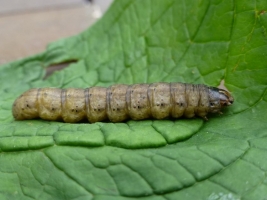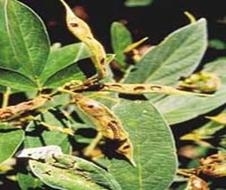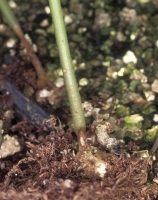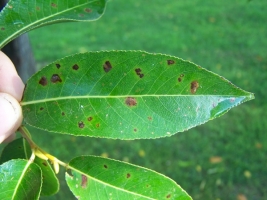General Information
It is a multiyear thornless plant which has plant length of 40cm-120cm. It is a leguminous plant and once planted, it gives yield for 5 years. In hindi it is known by the name as “Senna” or “Snaay”, in Rajasthan it is known as “Sonamukhi” and in Sanskrit it is known as “Markandi” etc. Its botanical name is Cassia angustifolia Vahl. In international markets it is known by the name as “Indian Senna” or “Tinneveli Senna”. Sonamukhi is basically a plant of Arab origin and in India it is firstly cultivated in TamilNadu, currently in Kerala and Rajasthan it is planted in large quantities. The leaves of Senna are used to make medicines. Drugs made from Senna are used to treat constipation, hemorrhoids and weight loss.

